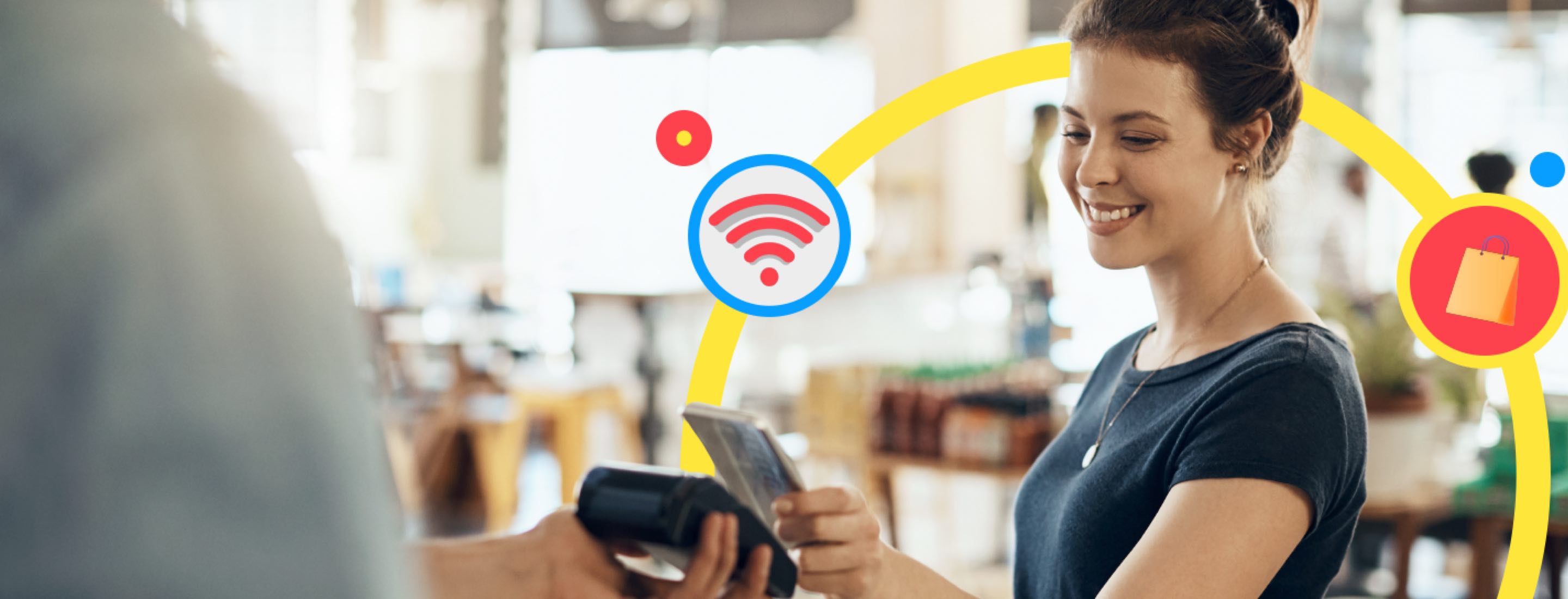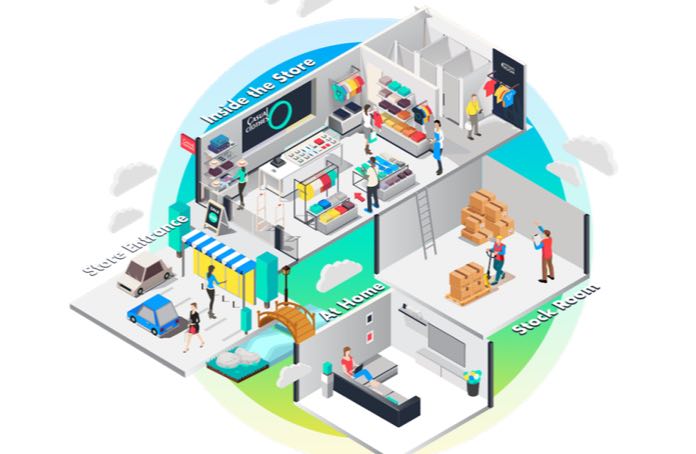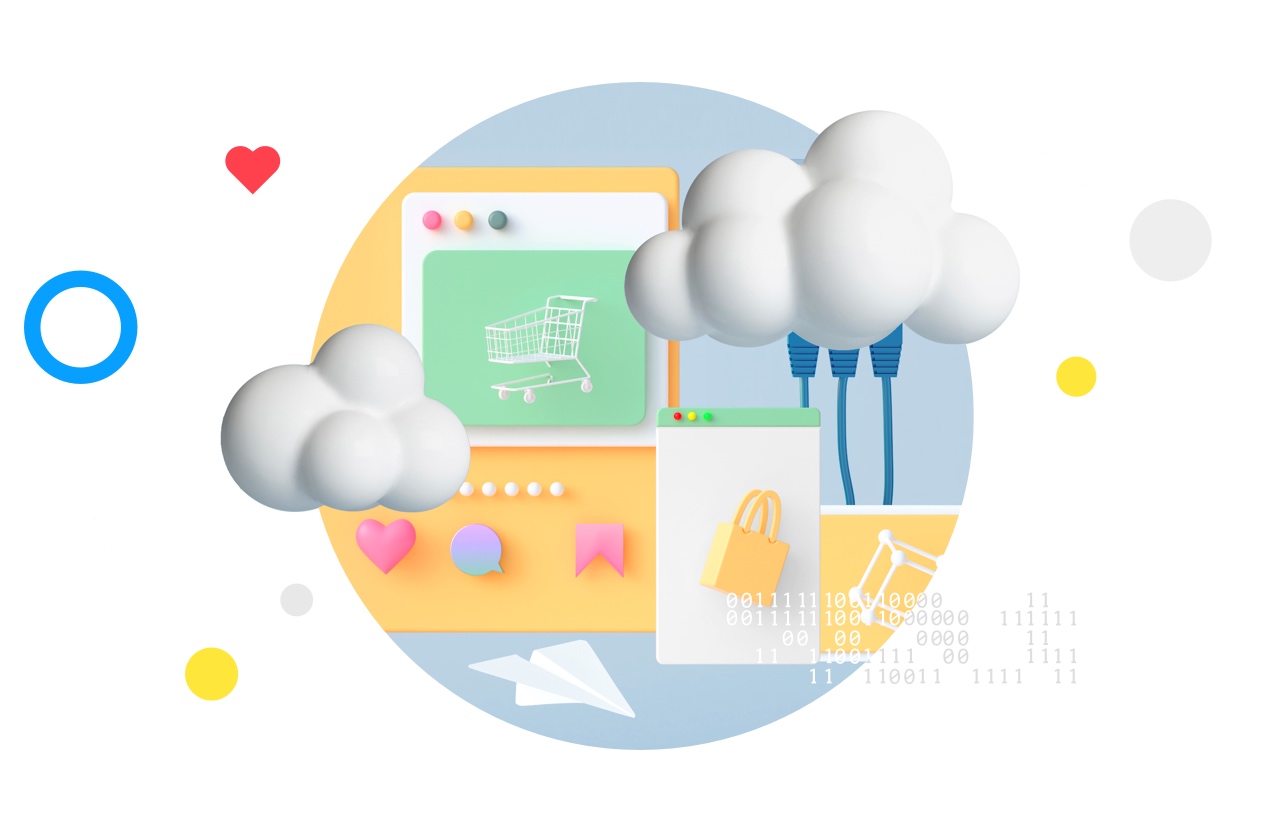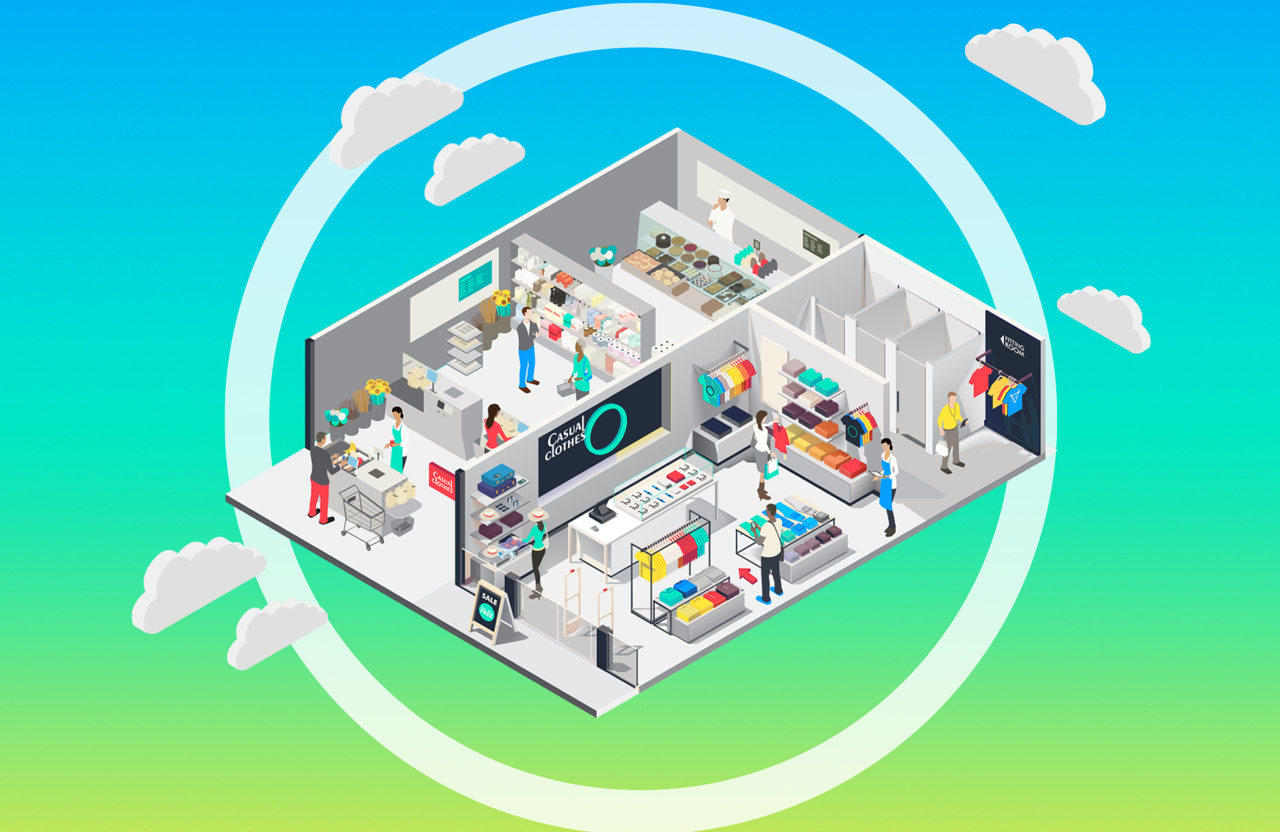What issue can we solve for you?
Type in your prompt above or try one of these suggestions
Suggested Prompt



Insights
7 Ways Retailers Can Modernize Point-of-Sale for the Digital Age
7 Ways Retailers Can Modernize Point-of-Sale for the Digital Age
Digital commerce is witnessing exponential growth, with customers empowered by choice and demanding convenience. These changes have accelerated the need for retailers to modernize point-of-sale (POS) as a critical cog in the commerce ecosystem. Here, we explore seven ways retailers can transform their point-of-sale system to elevate customer experience and improve business efficiency.

Retail: Thriving on Digital
Retailers have been forced to meet basic customer expectations for frictionless digital and physical experiences. 2022 is all about ensuring that these offerings are as good for business as they are for the customer.

Shift to a cloud POS
POS is traditionally an on-premises system running on a closed network with data stored on a local server. But fixed and inflexible POS systems have now given way to mobile, flexible cloud-based systems. Cloud POS is a web-based solution with data stored on remote servers. It’s also device agnostic, which means it can be accessed on any device. This offers mobility and freedom for store associates to deliver a more personal checkout experience and close the sale on the shop floor.
Cloud POS is cost efficient and does not require bulky, expensive equipment or infrastructure. It’s a ready-to-use solution that doesn’t need any installation or setup and can be connected to any internet-enabled device. Software updates are automatically pushed from the cloud to connected devices, keeping the POS consistently updated.
Cloud POS offers a consolidated and centralized database which makes it easier to access or update data across stores, with updates made centrally and automatically reflected on all POS devices. Central accessibility and real-time availability assists with data monitoring and enhancing customer experience.
Cloud-based POS also gives retailers ability to perform offline transactions without interrupting sales. These transactions are automatically synced to the cloud once the connectivity is established, enabling smooth store operations management.

Create a clienteling program
To ensure a positive experience, retailers need to equip sales associates with the same tools their customers have. A clienteling program lets sales associates provide customized product recommendations and address customer needs at point of sale. With a mobile POS, associates can pull up product information, access a real-time product catalogue and discuss options with the customer. Associates can use data aggregated from CRM tools, mobile POS and social media to engage with customers, act intuitively and exceed customer expectations.

Build immersive experiences
In the future, retailers will seamlessly blend e-commerce convenience with human interactions found in physical stores through hyper personalization. Technologies like augmented reality (AR) and computer vision achieve this.
Retailers already use smartphones and computer vision apps to offer consumers the convenience and choice of self-scanning and the ability to view real-time product information before buying. Now, they're developing employee apps that address everything from order fulfillment, to inventory management, shelf management and point of sale in one place. Associates can scan barcodes to ensure accurate inventory to meet demand. AR overlays show additional product information to customers, boosting engagement and bringing a product to life. Store associates can also provide bespoke advice on purchases and enable seamless checkout.
For example, Sephora uses customer sign-up data and purchase information to make near real-time recommendations that not only fit product interests but complement a customer’s beauty profile. The brand continues to provide its renowned try-before-you-buy service through virtual reality (VR) services and tutorials.
Nike also unveiled its latest interactive experience, which incorporates AR and QR-code scanning. Geofencing technology limits the experience to within Nike's walls and establishes a microsite "basecamp" for customers.

What's Next for Retail?
An Interactive Guide

Though cloud POS helps reduce operational expenses, it still lacks ability to gather customer insights and help manage store inventory effectively. Despite brick-and-mortar stores accounting for a staggering 88 percent of total retail sales, they’re not effective when it comes to gathering customer insights.
Traditionally, insights on repeat customers are gained through loyalty programs, but due to the inherent friction in signing up for and checking in with card or phone number-based loyalty programs, even regular customers often bypass the program.
Smart POS systems powered by IOT (Internet of Things) is best suited to address this issue. It provides a platform for tracking customer behavior and enables sales team to complete transactions or monitor inventory. Customers benefit by avoiding long queues for checkout and get advice for products while navigating the store. Retailers can customize loyalty programs based on data collected and content teams can create segment-specific content that helps customers find the product they are looking for without assistance.
For example, Target’s mobile app gives customers product recommendations that correspond to the department they are shopping in, content sorted by relevance based on the part of the store the customer is exploring.

Streamline checkout
Self-checkout and cashier-based checkout has been around for some time now. Retailers are now deploying:
- Mobile wallets for couponing, discounting and marketing accessed directly in the mobile wallet during checkout. This helps identify customer purchasing behavior and elevates personalized marketing strategies.
- Scan-and-go empowers customers to scan tags and pay anywhere in store. This ensures that the checkout process is under the customer's control. However, stores should have tags across all products, which may be challenging across some categories.
- Walkout without checkout streamlines checkout by having shopping carts serve as a point-of-sale. POS is integrated into the cart using artificial intelligence and digitized to offer personalized promotions by tracking the buying behavior of customers.
- Checkout goes home enables customers to pay even after leaving the store using unique product identifiers. Stores can track customers buying behavior, send replenishment reminders, interact with other products at home and suggest complementary products.

Implement next-gen payments
To continue to streamline checkout, retailers are also offering consumers new ways to pay for their purchases, like:
- Contactless payments: In the UK, tap-and-pay now accounts for more than 40 percent of all card transactions. Contactless is convenient, as there is no need to carry cash or enter a PIN code for every transaction. It supports smart wearables like smart watches, rings and wristbands. Vendors that facilitate contactless payments include Mswipe, BluePay, Kevo, Adyen and Tagpay, among others.
- Cardless payments let consumers use smartphones to pay for wide range of services using quick-response (QR) codes, SMS, near field communication (NFC), mobile web payments and mobile wallets. Cardless enables significant cost savings, monitoring, fraud prevention and secure encryption. In the UK, the BPme app provides contactless payment options for customers from the comfort of their car, with consumers able to complete transactions in just three easy steps. Other vendors that facilitate cardless payments include Go Payment, Paypal Mobile, Visa checkout, Google Wallet, Apple Pay.
- Cashless and subscription services ensure that customers don’t have to worry about cash crunches hindering shopping experiences. With buy now, pay later (BNPL), customers can make a purchase even if they can't afford it right away, without the complexity of a loan or credit card. Vendors that facilitate subscription services include Affirm, AfterPay, Sezzle, Klarna and SplitIt.
Retailers that have implemented a frictionless shopping experience include Starbucks’ mobile payment, Walmart Pay, Target Wallet (with integrated RedCard rewards), Macy’s mobile app and Star Rewards, Dunkin Donuts’ DD Perks, Dollar General’s scan-and-go app, CVS Now with loyalty and cashierless checkout and 7-Eleven’s cashierless checkout.

Provide digital receipts
Retailers can use AI-based marketing to increase repeated customer engagement, strengthen post-purchase loyalty and generate revenue. Platforms like Weezmo apply machine learning to interactive digital receipts to find patterns in buying behavior and deliver personalized post-purchase marketing. The platform lets retailers customize images, coupons, links and videos to the experience across channels, boosting retailers’ omnichannel strategies, connecting in-store and online data and measuring the ROI of online advertising.
Additional contributors to this article: Priyan Jain Taran, Anoop Venkiteswaran, Priyan Taran,
Abhinav Shakadwipee, Sviti Arora, Saurabh Mishra and Raghavendra Kuppe Sreedhara.








